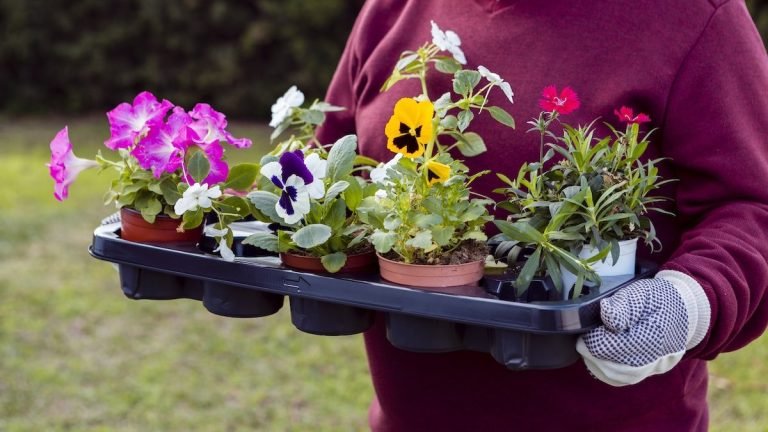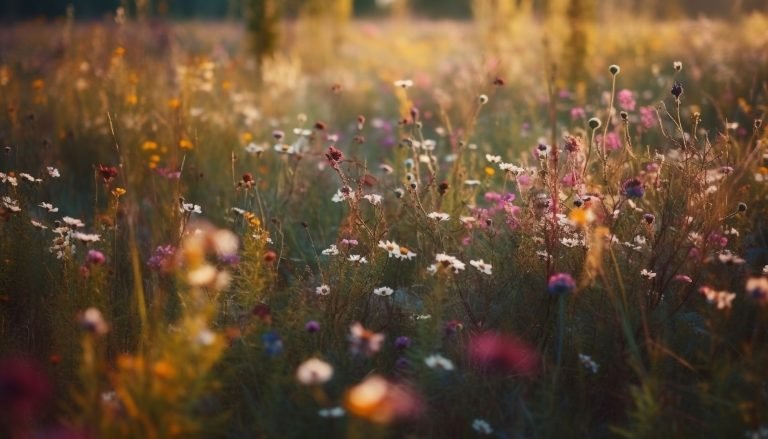June has arrived—let’s get ready for summer and vacation time, without forgetting our beloved green space. There are plenty of tasks awaiting us, but also many moments of relaxation and fun! The days are getting longer and temperatures are rising, two good reasons to spend more time in the garden or on the terrace. Let’s take a look at the main activities.
General Maintenance
Regularly remove faded flowers from herbaceous plants in flowerbeds or pots. Hoe the borders to keep weeds away. Apply a layer of mulch in flowerbeds or around the base of trees and shrubs to maintain consistent soil moisture. Prune spring-flowering shrubs such as Weigela florida, Philadelphus, and Kerria japonica by removing older branches. Tie the new shoots of climbing roses to supports with string or other natural materials to promote future blooming, as well as the new shoots of blackberries and raspberries. Fertilize plants in flowerbeds or planters with a balanced liquid fertilizer specific for ornamentals, diluted in irrigation water according to appropriate dosages and frequency.
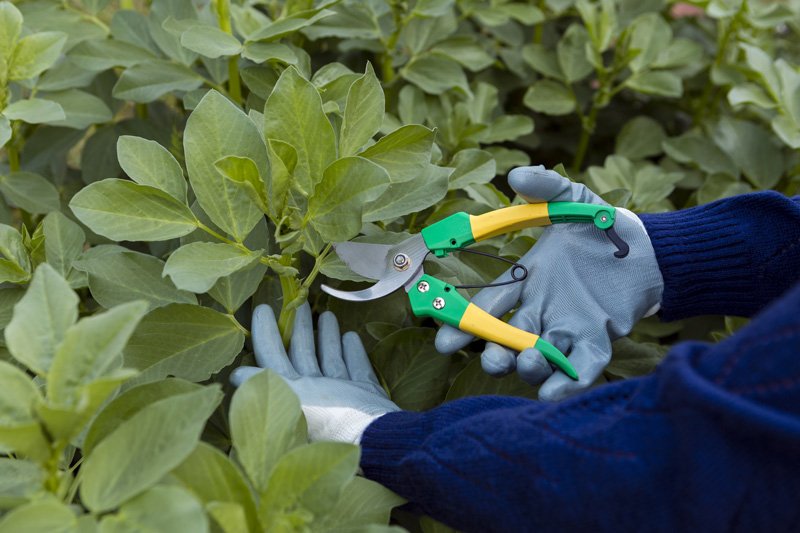
Transplants
Continue planting flowerbeds and borders with annual and perennial herbaceous plants, filling in any empty spaces. Make sure to prepare the soil properly by removing weeds and large stones, adding compost to improve fertility, structure, and water retention, and slightly mounding the soil to create a raised bed and improve drainage. Choose in advance which species to plant, draw a plan of your flowerbed or border, and indicate which plant to place in each spot, ensuring appropriate spacing to promote growth. You can create uniform groups with a single species and variety or mixed ornamental compositions rich in color, arranging plants of different heights to create perspectives with strong visual appeal. Color combinations can include shades of the same tone or contrasts, even among different varieties of the same botanical species, creating patterns or designs based on personal creativity. Don’t forget to water well after planting to ensure proper establishment in the new site, applying water directly to the soil without causing waterlogging, which can lead to root rot. In light of current climate change trends, with increasingly hot and dry summers, consider drought-tolerant plants such as Gazania splendens, Osteospermum x hybrida, Senecio cineraria, and Stachys byzantina.
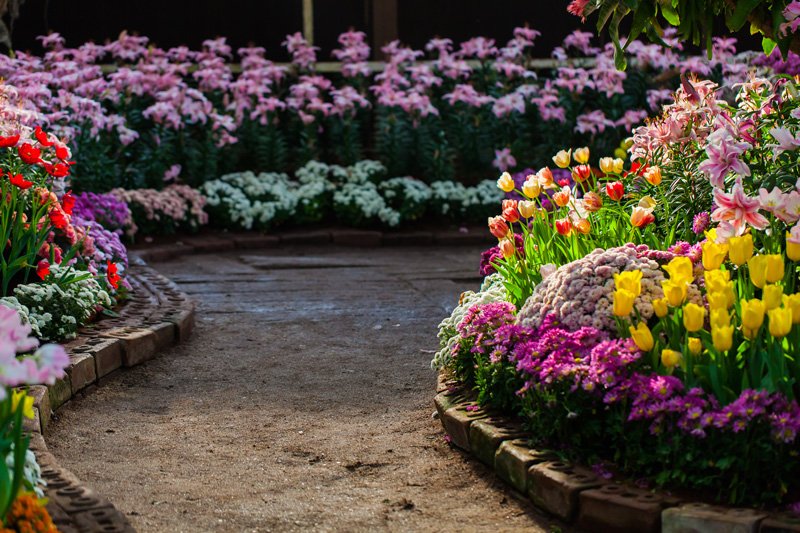
What’s that? You don’t have a garden but a fantastic terrace? Then you can create beautiful mixed arrangements in pots or planters, or even hanging baskets for a charming English-style touch. Use plants like Argyranthemum frutescens, Erigeron karvinskianus, Helichrysum petiolare, Lysimachia congestiflora, Dichondra argentea, Pelargonium (geranium), Lobelia erinus, Petunia, Salvia officinalis, and for a unique accent, strawberry plants! Remember that soil in pots, planters, and baskets dries out more quickly than in garden beds, so water more frequently, avoiding both drought stress and overwatering.
If you have many pots, consider installing (or building, for the more experienced) an automated drip irrigation system that delivers water slowly and directly to the roots, reducing waste. Systems with timers are excellent and should be adjusted according to plant growth and seasonal temperature fluctuations.
For vegetable garden transplants, it’s the right time to start with pumpkins, zucchinis, eggplants, tomatoes, and strawberries.
Sowing
Until mid-June, you can still sow outdoor ornamental herbaceous plants like Cosmos, Nasturtium, Phlox, and Zinnia. If you have a garden or balcony vegetable patch, you can entertain the little ones by sowing carrots, cut-leaf chicory, green beans, corn, pumpkins, zucchinis, and among herbs, dill, basil, chamomile, and parsley.
Lawn
If not yet done, apply a potassium-rich fertilizer to improve resistance to heat and drought. When mowing the lawn, slightly raise the mower blades, especially if it hasn’t rained much recently, maintaining a grass height of about 6 cm (2.4 inches) to increase tolerance to higher temperatures. Always ensure the blades are sharp to avoid damaging the turf.
You can also consider leaving some areas uncut to encourage the growth of wildflowers, creating a natural look and preserving biodiversity. The warm climate encourages the growth of many weeds, both annual and perennial. Combat them with alternatives to selective herbicides such as hand pulling and raising the mowing height to obtain a denser lawn that suppresses weed development. Starting in June and throughout the summer, pay close attention to irrigation. It’s a common misconception that more heat means watering more—it’s true, but make sure not to overwater to avoid waterlogging and subsequent root rot and lawn damage.
Houseplants
Start fertilizing indoor plants with a specific liquid fertilizer, continuing until fall. With rising temperatures and more sunlight, water more regularly using lukewarm water, applying it directly to the soil and avoiding standing water. If the plant has outgrown its pot, repot it into a larger container using fresh, high-quality substrate. For species that dislike direct sunlight, place them in areas with diffused light. Clean the leaves with a damp cloth to remove dust and check for pests such as aphids and scale insects, treating with appropriate products if needed.
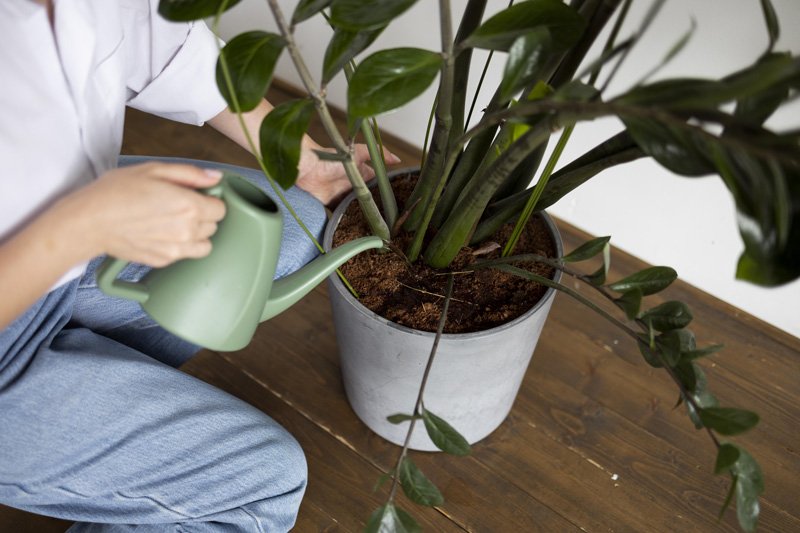
And more
Water is a vital resource. With summer approaching and rising temperatures, more irrigation is inevitable—but let’s do it wisely, using rainwater collected in previous months in one or more tanks. If you haven’t installed one yet, there’s still time, as summer thunderstorms are frequent. Collect some lavender flowers to scent linens or add a country touch to indoor spaces. Always leave fresh, clean water for birds, hedgehogs, and other wildlife.
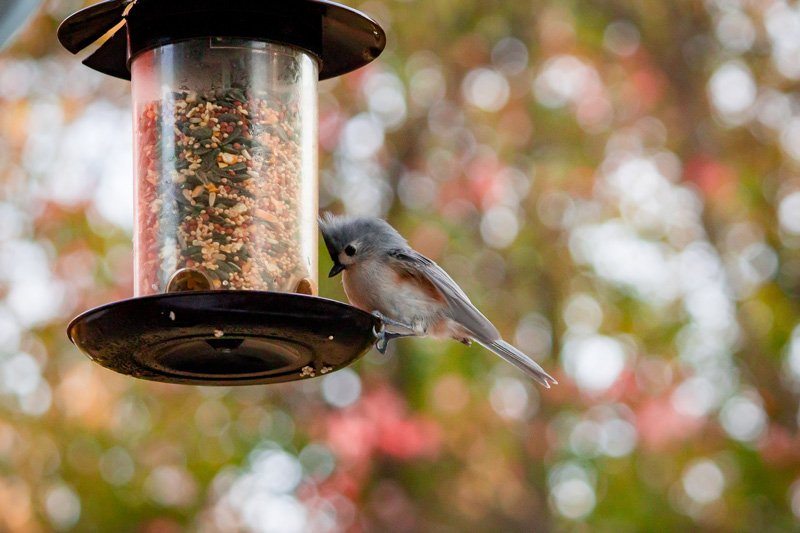
We’re saying goodbye to spring and welcoming summer—let’s get ready to spend unforgettable days in our wonderful green space!


